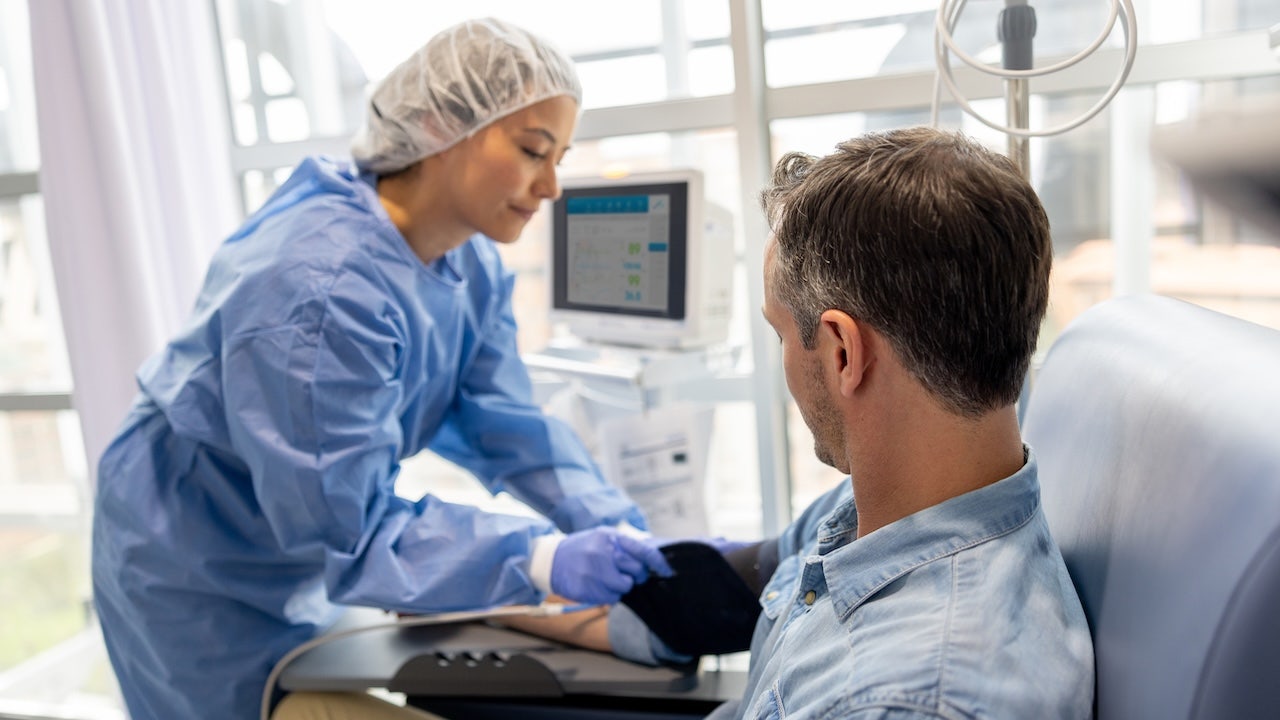Summer means more bugs, heat and injuries. Here’s how to protect yourself

The Dose20:45What can I do to prepare for a summer medical emergency?
As the parent of four very active children, Dr. Shaneka Kulasingham is no stranger to taking precautions to prevent medical emergencies while travelling.
And as an emergency physician at St. Joseph’s Healthcare Hamilton in Ontario, Kulasingham is also abundantly familiar with the common emergencies that people face in the summer.
As Canadians enter another hot season, experts like Kulasingham recommend taking preventive measures to protect against injuries, summer heat and bugs — and to seek professional medical help if regular first aid doesn’t provide relief.
“With the warmer weather, longer daylight hours and everyone is out more, [focus] a little bit on prevention,” Kulasingham told Dr. Brian Goldman, host of The Dose podcast.
Kulasingham also says basic medication like Advil and Tylenol, non-drowsy antihistamines like some formulations of Reactin and Claritin, as well as nausea-relief medication like Gravol are all useful to include in a first-aid kit.
Orthopedic injuries become more common in summer
As people spend more time outdoors in the summer, Kulasingham says her emergency department sees more orthopedic injuries, like broken bones, sprains, strains and tears.
“Make sure that you’re wearing protective gear,” she told Goldman.
Helmets, knee pads and elbow pads are all useful.
She acknowledges that different people have different pain tolerances. But something like a rolled ankle that can bear weight with minimal discomfort likely doesn’t need major medical intervention, she said.
Instead, some combination of PEACE and LOVE recovery should be enough to heal the injury. That strategy emphasizes rest in the first few days of an incident, then a slow reintroduction of physical activities.
“If the pain persists, there’s swelling and more bruising, then probably you need to have at least your family doctor or an emergency visit to check that out,” she said.
Reducing harmful heat exposure
Whether it’s the heat, humidity, or both, summer weather can be excruciating without protection.
Heat-related illnesses are the No. 1 most common health hazard in the summer, according to Frankie Garcia, a registered nurse who works for Summit Health Travel Clinics in Toronto.
Heat cramps are typically muscle cramps and spasms, often in the legs and abdomen, paired with heavy sweating.

Without relief from the heat, they can escalate to heat exhaustion. Symptoms include heavy, profuse sweating, fatigue, nausea, dizziness, headache, a rapid pulse, feelings of weakness and cool, pale and clammy skin.
If body temperatures rise to 40 C, people can experience confusion and other neurological side effects, including disorientation, seizures, slurred speech and loss of consciousness.
“What causes heat stroke is a complete shutdown of the ability of the body to cool itself completely,” said Garcia. “This is an emergency at this point.”
In these instances, people should seek immediate medical attention, go to a cool place, remove excess clothing and cool the body using ice packs or cold water.
As part of a CBC News investigation, reporters placed temperature and humidity sensors this summer in 50 homes with no central cooling across Canada. Three of the participants told us what it’s like to live in the scorching heat.
When it comes to burns — whether from the sun or from spilling a hot beverage by a campfire — Kulasingham says the first step in treatment is cooling off the affected area until the initial sting fades.
She also said to avoid re-exposure to strong heat or sunlight.
Anti-inflammatories like Advil and Aleve can help, while antibacterial ointments like Polysporin can ensure that burns don’t get infected.
Dealing with insects
Summertime means bugs, as anyone who’s ever spent any amount of time outdoors can tell you. That includes ticks, wasps and mosquitoes.
Among the most effective repellants is bug spray with the ingredient DEET, she said, which makes it hard for bugs to smell humans.
Dressing appropriately can also help. Long-sleeve clothing, tucking shirts into pants and pants into socks can help prevent tick bites, for example.
In the event of an insect bite, however, Kulasingham reassures that the “majority of bites do not get infected.”
Mike Jenkins from the City of Edmonton joins Nancy Carlson to talk about how the rain in the city has affected the mosquito population, how the city treats the pests and which other insects it monitors.
“Unless you’re having an anaphylactic reaction … most bites tend to cause a local reaction,” said Kulasingham.
Calamine lotions, antihistamines and cold compresses can help reduce the discomfort of an insect bite, she says.
Lyme disease — an infection transmitted to humans through tick bites — is of particular concern during the summer, as well as anaplasmosis, another disease spread by the same ticks.
If patients suddenly develop flu-like symptoms or rashes after being bitten by an insect, that’s a sign to speak with a medical professional, Kulasingham says.
First-aid kit essentials
Whether going on a hike or camping trip, most health experts recommend a first-aid kit.

Maria Mejia, a training co-ordinator with St. John Ambulance’s national office in Ottawa, recommends the following:
- Adhesive tape
- Adhesive bandages and “butterfly” bandages, to cover small cuts
- Roller gauze, for absorption of fluids like blood and securing a splint
- Sterile gauze, for covering and cleaning wounds
- A few triangular bandages, to make an arm sling
- Splints, to immobilize bone and soft tissue injuries
- Disposable bags, for waste and to make ice packs
- Sterile saline, to flush out wounds or eyes.
- Space blanket, to reduce heat loss and prevent hypothermia
- Non-latex gloves that fit well
- A CPR face shield or pocket CPR mask to deliver rescue breaths if needed
- A pair of lightweight, strong scissors
- Hand sanitizer
- A general first-aid guide, like those provided by the Canadian Red Cross or St. John Ambulance
- A sheet with emergency phone numbers including personal emergency contacts, road service and poison control






